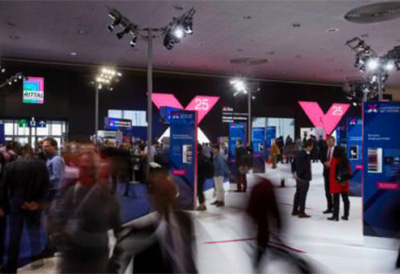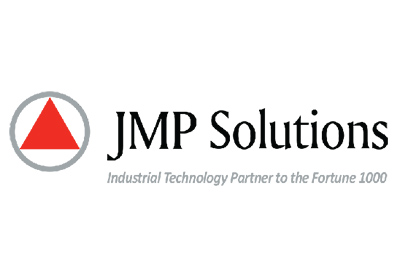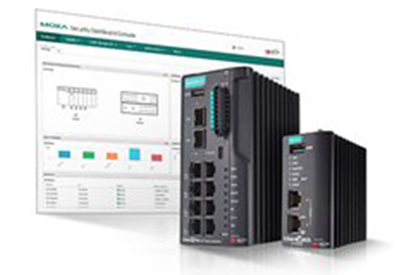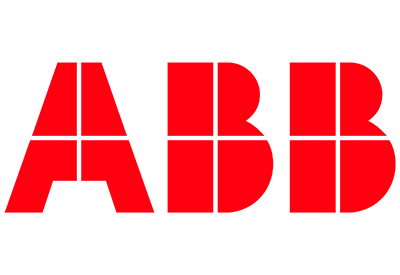The Future of Automation: Key Enabler for the Vision of Future Factories

January 10, 2019
The world of manufacturing has never been as dynamic as it is today. Automation powered by Artificial Intelligence (AI), Edge Computing (Edge) and Augmented Reality (AR) is driving a new chapter in the industrial revolution. The journey and progression of industrial machines from steam engines to control devices and robots are exciting and at the same time a bit concerning.
Today, it is not merely about operational automation anymore. Instead, it is more about how capabilities such as awareness of the self, intelligence, and predictive prowess can shape the future of industrial automation. As automation of today is gradually becoming unable to meet future requirements, there is a dire need to reimagine the automation solutions.
A recent Frost & Sullivan series of four white papers, The Future of Automation, including A Primer and the three technologies of Artificial Intelligence, Edge Computing, and Augmented Reality, provides an insightful perspective on the impact of these technologies on the automation solutions of future factories. The white paper series delves into the key aspects that are driving the market currently and some of the challenges that are restraining faster adoption of these technologies in the field of industrial automation. Finally, the paper is designed to give a utopian vision of advanced industrial control systems.
“Innovation has played out, but fundamental designs have not witnessed a major overhaul. However, the automation of yesteryear is slowly becoming untenable for realising future needs. This requires reimagining automation across all facets, starting from design, engineering, deployment, and operation,” says Karthik Sundaram, Industrial IoT Programme Manager at Frost & Sullivan. “Envisioning the future of factories must first begin with a vision for the future of automation, an approach that has been relatively less explored in the industry today.”
In particular, the three trends of AI, Edge, and AR have been identified as factors that can strongly influence automation in the following ways:
1. Artificial intelligence has the potential to transform human-centred engineering models into automated systems, facilitating continuous operational learning and resulting in productivity gains that can exceed existing human-led approaches.
2. Edge computing can help expand PLC functionalities with additional computing power and personalised operational needs without sweeping changes to production architecture.
3. Augmented reality will be the HMI of the future, enabling operators with high transparency and superior insights into controllers, machines, and production processes.
The Future of Automation – A Primer
The subsequent portion of this white paper series outlines how the future of automation can be redesigned using the three technology themes mentioned above driving a new chapter in the industrial revolution.
Artificial Intelligence on the Shop Floor
This document envisions how AI will be a critical technology in shaping the future of intelligent automation and its impact on manufacturing. The document further throws light on what AI has thus far been able to achieve and what more can be reached in the context of industrial automation.
Augmented Reality in the Future of Automation
This part of the white paper series intends to show the value of augmenting digital scenarios on the shop floor. The document demonstrates how augmented reality is emerging to become the next big thing in the context of industrial automation and how AR can seamlessly connect experts from machine and plant manufacturers with their colleagues from service and maintenance.
This white paper evaluates the potential benefits of bringing shop-floor automation closer to the cloud and helps explain some of the key benefits and applications of Edge Computing from an industrial standpoint. It enlightens some of the opportunities from the Edge for industrial organisations, analyses the state of their readiness to adopt the technology on a larger scale, and exposes the barriers that hinder the progress.
“With the convergence of advanced technologies, industrial automation is expected to go through a phase of explosive growth in the coming years. Emerging technology paradigms such as AI, Edge, and AR are poised to drive the evolution of control process automation from the early days of control switches and relays to advanced control systems,” Sundaram concludes.
For further insights into the value of, and vision for, The Future of Automation, download a complimentary copy of the white paper series here.







